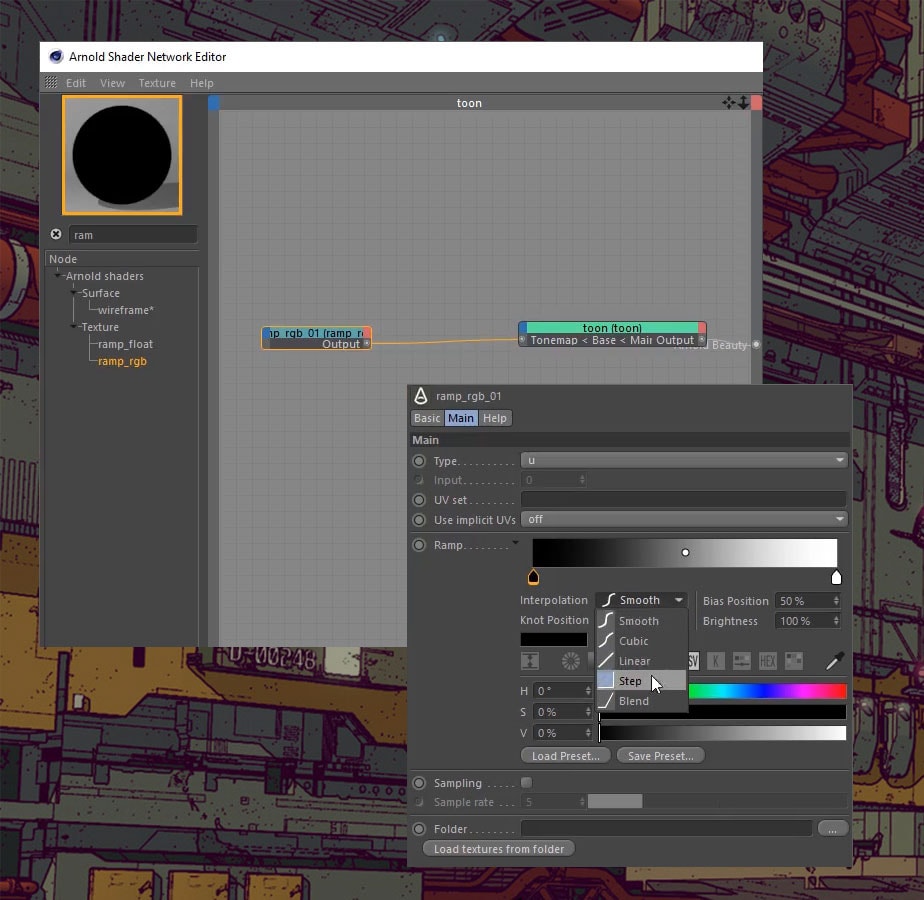

However, the picture Kossakovsky paints is mostly idyllic, aside, it should be stressed in the strongest possible terms, from the opening scene when the sow, Gunda, kills her own newborn piglet (perhaps sensing it was the runt of the litter). The film Arnold’s Cow is closest in form to, if not style, is Kossakovsky’s Gunda, another work concerned with nonhuman motherhood. Cow, however, takes us closer into a nonhuman world than any of these films a work of pain and joy admirably distant and yet necessarily intimate. Don’t worry Luma, we see you.’ This is a sentiment that seems to echo through modern filmmaking to other non-humans, those that take centre stage in works of fiction such as Valdimar Jóhannsson’s folk horror Lamb (2021), Michael Sarnoski’s truffle-hunting Pig (2021), and Kelly Reichardt’s period drama First Cow (2019), as well as documentaries like Victor Kossakovsky’s Gunda (2021) and Pippa Ehrlich and James Reed’s Netflix hit My Octopus Teacher (2020). During the editing process, Arnold kept saying, ‘I’m seeing you, Luma. Amidst muck and straw, a human attempts to connect with a nonhuman profoundly other to her.

The camera is held at eye level, looking inwards as Luma looks outwards. Rather, Arnold’s attention remains locked on Luma herself and, intermittently, her offspring. In spite of the brutality that Arnold relays, none less so than when Luma’s calf has her horns cauterised by a flesh-singing iron, Cow is not an animal-rights polemic against the dairy industry. Arnold’s camera lingers on the bereft figure her cries go unanswered.

Each time, Luma appears to snap into a panic, pacing agitatedly and calling out beyond the metal building. Then, just days after, she finds herself forcibly estranged from them. Having given birth in a darkened cowshed amidst the company of humans, Luma licks the amniotic fluid from her newborns. In 1780, philosopher Jeremy Bentham said of animals: ‘The question is not, Can they reason?, nor Can they talk? but, Can they suffer?’ In Andrea Arnold’s documentary Cow (2021), a socio-realist portrait of a dairy cow called Luma on a farm in Kent, the answer seems to be an unequivocal yes. Filmmakers’ interest in the inhabitants of farmyards and beyond reflects a newfound longing for connection with the ‘more-than-human’ world


 0 kommentar(er)
0 kommentar(er)
